As horse owners we only want the best for our horses, yet we all know that owning and caring for a horse can be expensive. Now more than ever, many people are looking for a way to feed their horse that meets all their nutritional needs but is also economical.
There are areas of your horse's diet where you may be able to reduce your feed bill without compromising gut health or optimal nutrition.
Here are our 8 tips for feeding more economically
1. Avoid overfeeding
Many people overfeed their horses and exceed their daily energy requirements, which can mean wasting money (and can create other problems such as obesity). Use our Feed Assist tool to check if you are overfeeding your horse and see where you can make changes.
2. Maximise access to pasture and forage
There are so many complete feeds on the market that vary in price and quality. But you may be surprised to know that many horses don’t actually require a complete feed and will meet their energy and nutritional requirements by a forage/fibre-based diet supported by a good quality vitamin and mineral supplement.2% of your horse's body weight daily (10kg for a 500kg horse) is ideal. Our horses are designed to thrive on a high forage diet and forage alone can meet the energy requirements of many horses. Behind pasture, hay is likely the most economical component of a horse's diet.
3. Meet Vitamin & Mineral Requirements
If your horse maintains weight on forage alone, simply add Digestive VM at the recommended feeding rate to meet their vitamins and mineral requirements. Ensuring your horses diet is balanced is important for overall immune function, hoof condition, bone and tissue health, skin and coat condition and so on. If you have access to pasture and hay then you may be able to ditch the complete feed and add a vitamin and mineral supplement like Digestive VM to ensure their diet is still balanced. NB not all vitamins and mineral supplements balance, so it’s important you check this.
4. Avoid wastage
Use slow hay nets or hay containers on the ground so that hay lasts longer and is not wasted. As well as minimising wasted hay, it will help increase the time your horse spends eating - and a constant supply of feed in the stomach helps to reduce the risk of gastric ulcers, therefore avoiding expensive gastric ulcer treatment.
5. Rethink the added protein
Adding protein to some horse’s diets is just not needed. So many fibre /forages are a great source of protein. Many complete feeds use “protein meal” which is likely to be a lower quality source of protein that isn’t adding much value to your horse’s diet, yet you are paying for it.
6. Look after the gut
Use Digestive EQ or Digestive HP to ensure your horse’s gut is working optimally, with a healthy microbiome which lets your horse digest efficiently and get the most out of their feed.
7. Trickle feed
Feeding efficiency in horses is improved if they are trickle fed rather than meal fed. In other words, if you are trying to get weight on a horse or maintain weight on a hardworking horse, the feed offered will be digested more efficiently if the hard feeds are split over 4 feeds rather than the usual 1 or 2. Obviously the horse needs continuous access to roughage to prevent digestive dysfunction and colic.
8. Stop guessing
Use Feed Assist to create a fibre based diet with a vitamin and mineral supplement like Digestive VM to see if all nutritional requirements are met without adding anything else. It's important to check you’re not over supplementing or doubling up on nutrients with multiple supplements.

Building topline and condition in horses
If your horse needs to gain weight, here are a few extra tips.
1. Focus on Forage
Ensure you’re feeding plenty of high-quality forage first before adding or increasing a pre-packaged feed to add more energy to the diet. A good example is if you’re feeding grass hay only, introduce a small amount of lucerne hay into the diet (500g per 100kg bodyweight).
2. Be careful with grain
If you choose to add a pre-packaged feed that contains grain, the grain (with exception of oats) must be heat processed (extruded, micronized or steamrolled) to give starch the best chance of being digested in the small intestine where the horse can get the maximum benefit of energy it provides - and in turn preventing starch overflow into the hindgut which can negatively affect the good bacteria.














